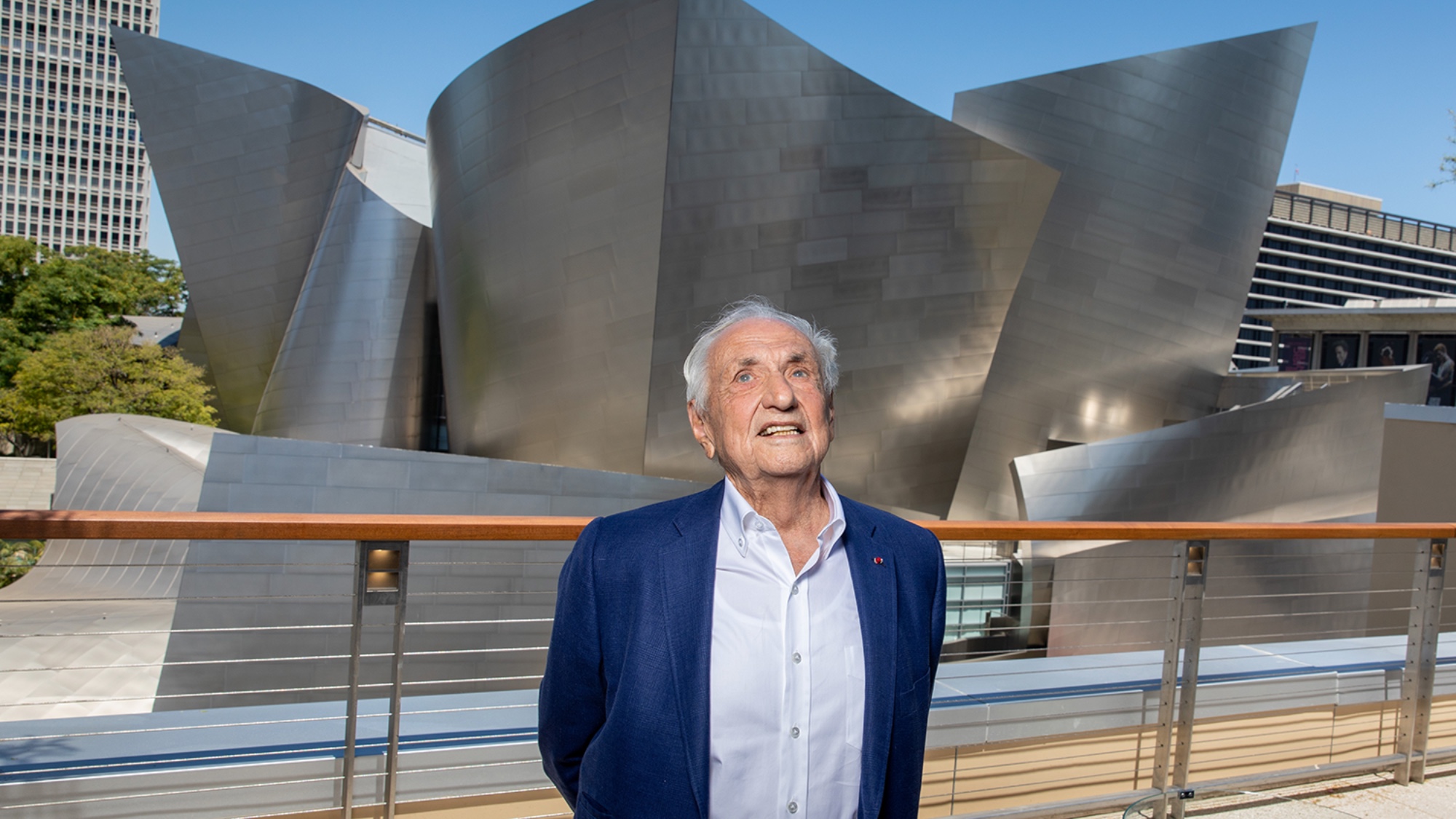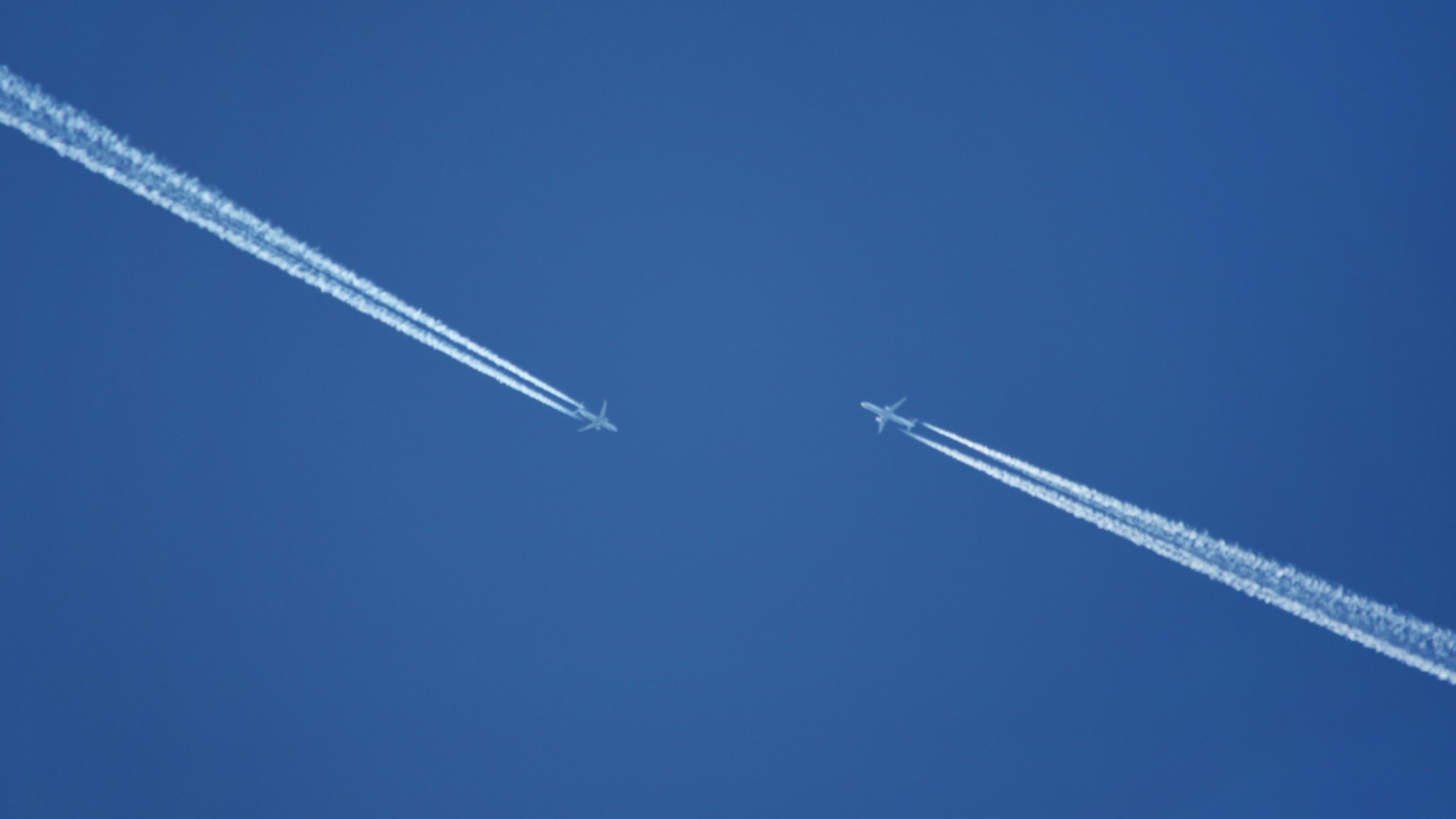How climate change is going to change the insurance industry
Some regions will soon be 'uninsurable'


As climate change brings about more extreme weather events, insurance companies are struggling to cover areas of growing risk. Over time, some regions may because highly unaffordable or even impossible to live in.
How is insurance coverage shifting?
Climate change has put more places at risk for natural disasters, creating greater risk for insurance companies. Because of this, homeowners are facing “increasing insurance prices and reduced coverage due to high climate risks,” reported CBS News. A new report by the First Street Foundation found that close to 40 million properties across the U.S. are at risk of rising insurance rates and non-renewals, making up approximately one-quarter of all homes in the country.
“Some places may be impacted very minimally, but other places could see massive increases in insurance premiums in the coming years,” Jeremy Porter, co-author of the report, told CBS News. Regions prone to wildfires, flooding and strong storms are more at risk. California, Florida, and Louisiana are some of the most affected regions however, the signs are beginning to show even in inland states like West Virginia.
The Week
Escape your echo chamber. Get the facts behind the news, plus analysis from multiple perspectives.

Sign up for The Week's Free Newsletters
From our morning news briefing to a weekly Good News Newsletter, get the best of The Week delivered directly to your inbox.
From our morning news briefing to a weekly Good News Newsletter, get the best of The Week delivered directly to your inbox.
Climate change “is a problem that is already here,” Todd Bevington, managing director at the insurance broker VIU by HUB, told The Associated Press. In his 30 years of doing insurance, he said “I’ve never seen the market turn this quickly or significantly.” In some cases, insurance policy price increases can be “absolutely crippling” with some even seeing 80% increases, First Street CEO Matthew Eby told CBS.
In other cases, homeowners are opting to forego insurance altogether as some regions become essentially “uninsurable,” according to the report. “Without the ability to insure properties in high-risk areas with relatively affordable policies, homeowners will not be able to afford the cost of ownership associated with homes in those areas,” and property values will deflate. On the flip side, other regions “may now also exist in an ‘insurance bubble,’ meaning that homes may be overvalued as insurance is underpricing the climate change-related risk in those regions,” per CBS.
Why is this happening?
It comes down to the fact that climate risk is becoming increasingly difficult to predict. “You can no longer rely on 100 years of wildfire data to price risk when the unprecedented has happened,” Lara Mowery, global head of distribution at reinsurance firm Guy Carpenter & Co., told AP. In turn, insurance companies have raised rates. “Mother Nature is busting through the front door of American families,” Roy Wright, CEO of the Institute for Business and Home Safety, told The Atlantic.
However, even high premiums are likely insufficient in accounting for the risk. “Major home insurers in some locations are concluding that no premium — or at least no premium that customers are willing to pay and state regulators are likely to permit — will cover the potential losses,” wrote The Atlantic.
A free daily email with the biggest news stories of the day – and the best features from TheWeek.com
Insurance rates due to climate change also play a significant role in the lack of affordable housing. Previously, regions with higher climate risks were largely less expensive to live in, however, considering insurance costs, their affordability has decreased, Forbes reported. “Local and state governments must prioritize building resilient housing in places with low disaster risks and insurance costs.”
Devika Rao has worked as a staff writer at The Week since 2022, covering science, the environment, climate and business. She previously worked as a policy associate for a nonprofit organization advocating for environmental action from a business perspective.
-
 Metaverse: Zuckerberg quits his virtual obsession
Metaverse: Zuckerberg quits his virtual obsessionFeature The tech mogul’s vision for virtual worlds inhabited by millions of users was clearly a flop
-
 Frank Gehry: the architect who made buildings flow like water
Frank Gehry: the architect who made buildings flow like waterFeature The revered building master died at the age of 96
-
 Is MAGA melting down?
Is MAGA melting down?Today's Big Question Candace Owens, Tucker Carlson, Laura Loomer and more are feuding
-
 Death toll from Southeast Asia storms tops 1,000
Death toll from Southeast Asia storms tops 1,000speed read Catastrophic floods and landslides have struck Sri Lanka, Indonesia, Thailand and Malaysia
-
 Can for-profit geoengineering put a pause on climate change?
Can for-profit geoengineering put a pause on climate change?In the Spotlight Stardust Solutions wants to dim the sun. Scientists are worried.
-
 How will climate change affect the UK?
How will climate change affect the UK?The Explainer Met Office projections show the UK getting substantially warmer and wetter – with more extreme weather events
-
 Can the UK do more on climate change?
Can the UK do more on climate change?Today's Big Question Labour has shown leadership in the face of fraying international consensus, but must show the public their green mission is ‘a net benefit, not a net cost’
-
 Did Cop30 fulfil its promise to Indigenous Brazilians?
Did Cop30 fulfil its promise to Indigenous Brazilians?Today’s Big Question Brazilian president approves 10 new protected territories, following ‘unprecedented’ Indigenous presence at conference, both as delegates and protesters
-
 Can the world adapt to climate change?
Can the world adapt to climate change?Today's Big Question As the world gets hotter, COP30 leaders consider resilience efforts
-
 Taps could run dry in drought-stricken Tehran
Taps could run dry in drought-stricken TehranUnder the Radar President warns that unless rationing eases water crisis, citizens may have to evacuate the capital
-
 The future of the Paris Agreement
The future of the Paris AgreementThe Explainer UN secretary general warns it is ‘inevitable’ the world will overshoot 1.5C target, but there is still time to change course
